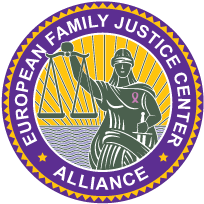How to start a FJC
Across the world community leaders, advocates, law-enforcement agencies, service providers, shelters, and concerned community leaders are exploring the possibility of starting a Family Justice Center in their own community.
Today, there are over 80 operating Family Justice Centers or similar models and over 100 communities in some stage of planning for a Family Justice Center or similar co-located, multi-disciplinary approach across the country and around the world. Family Justice Centers have developed through a variety of funding sources, both private and public. Each model is different and has unique characteristics depending on the needs of a local community.
There are 3 essential phases to start and sustain a healthy Family Justice Center:
Phase I – History and Fundamentals
Learn more about the history of the Family Justice Center movement and understand the fundamental principles involved in developing and operating a Center.
Phase II – Orientation Process
Go through an Orientation Process to get ready to start a Family Justice Center by providing key information and resources related to development and operation.
Phase III – Assessment, Implementation, and Support
Involves three components:
- Community Assessment: assess a community's readiness for creating a Family Justice Center.
- Strategic Planning and Implementation: create a strategic plan and steps for implementing that plan.
- Sustainability and Support: occurs after the Center has opened and includes sustainability and support services to maintain a successful, healthy Center.
The EFJCA supports in the start, development and maintenance of a FJC. For support, contact the EFJCA by mail


